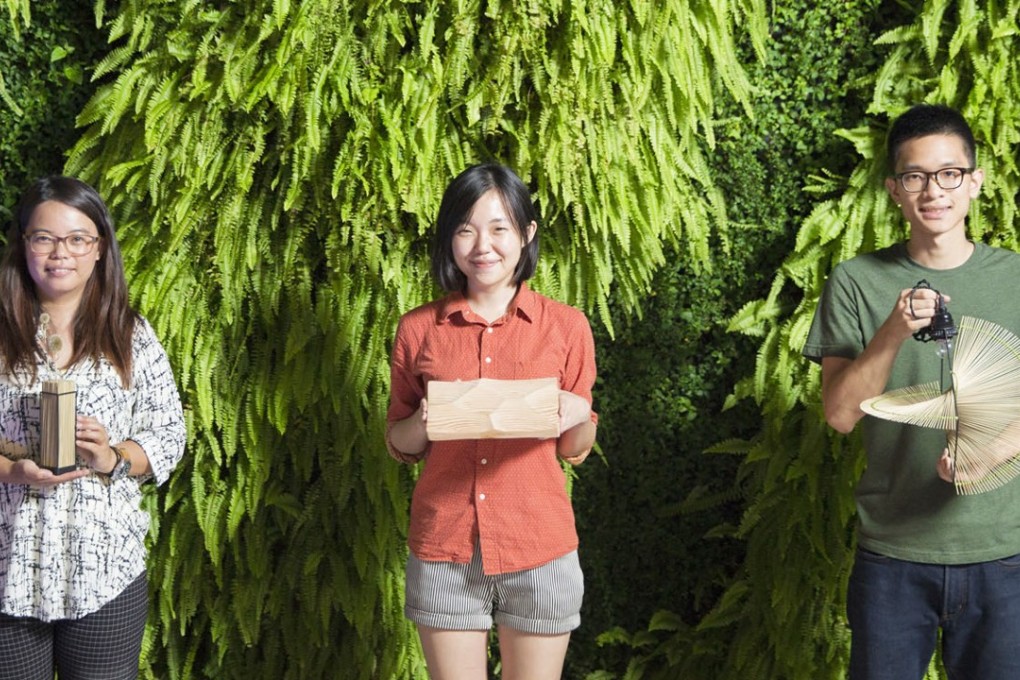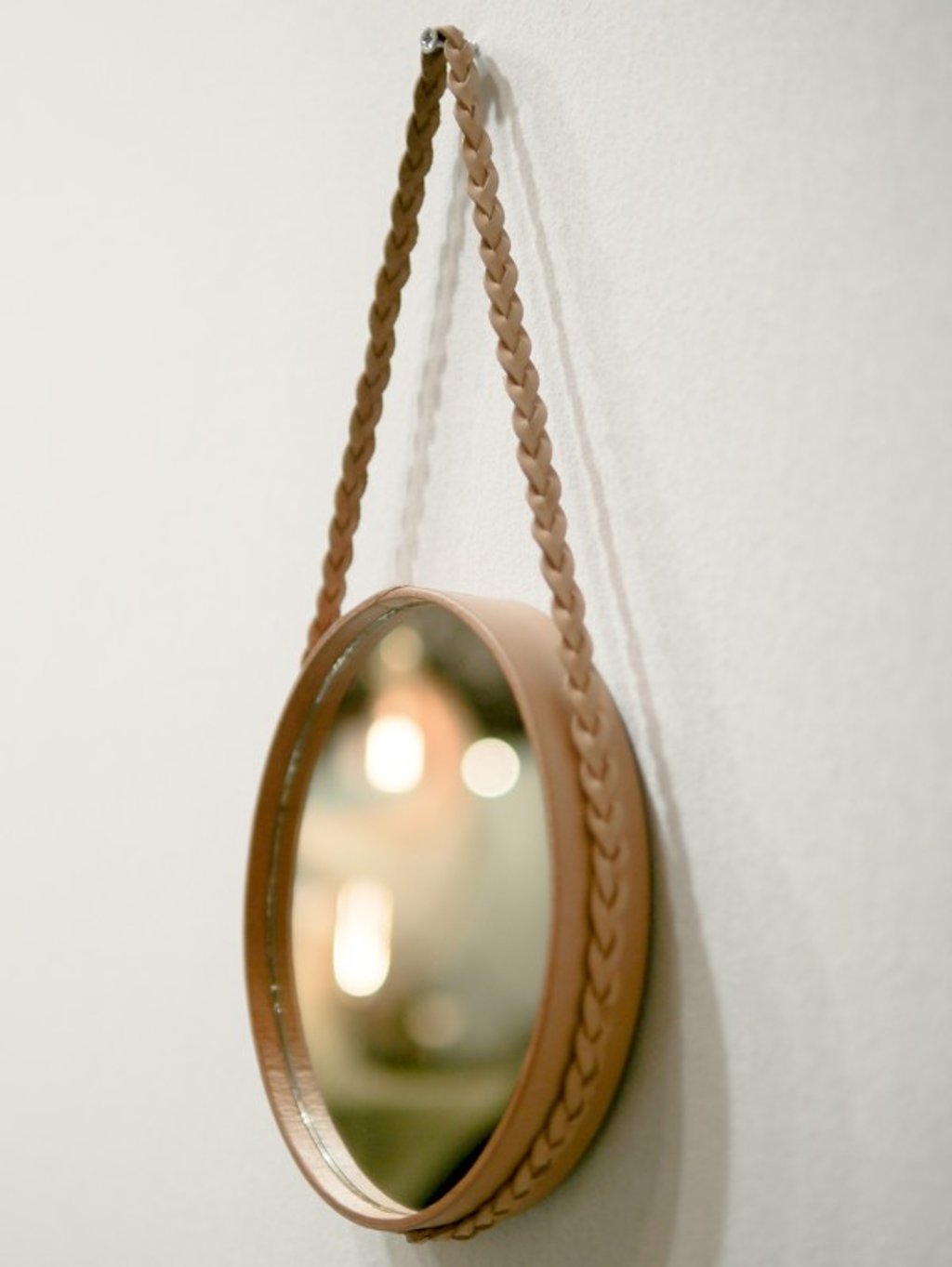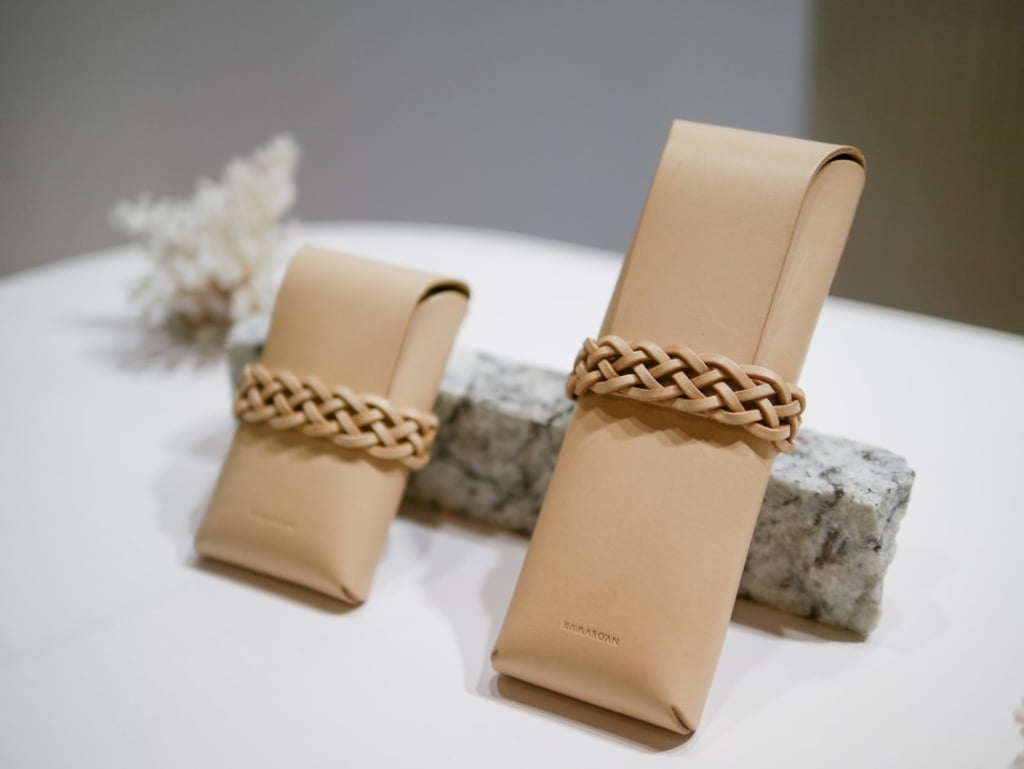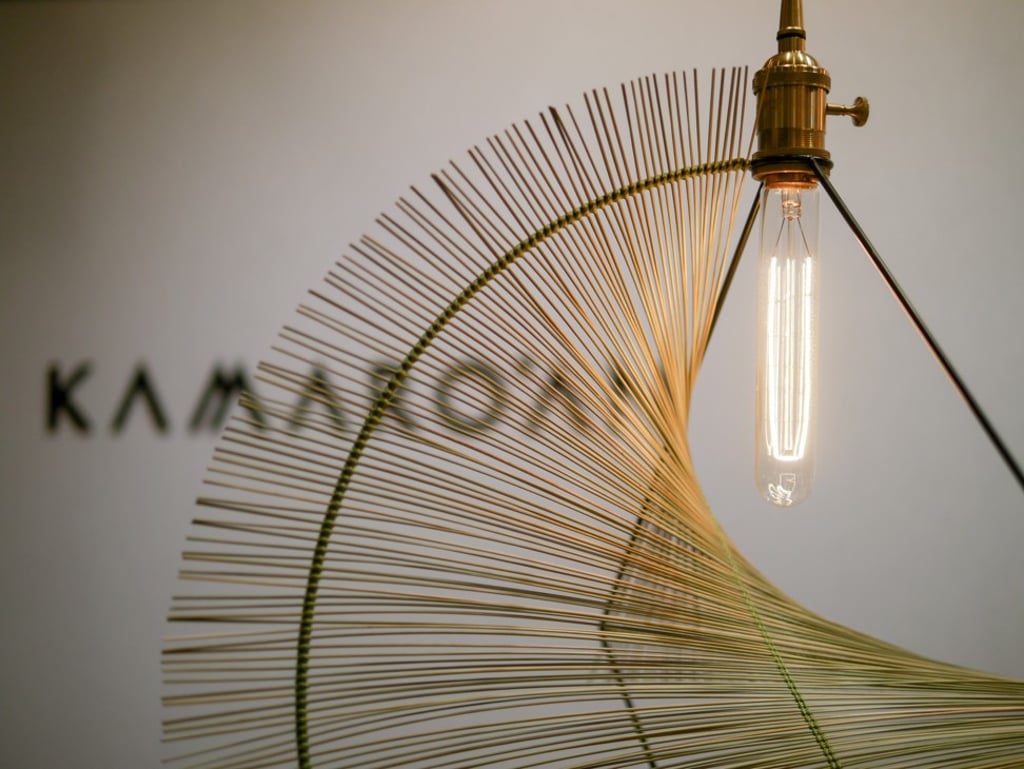Young Taiwanese trio come together to keep traditional crafts alive
Designers Yunn Fann Chang and Shane Liu, and curator Tipus Hafay, who belongs to the Makuta’ay tribe in Hualien county, launched their accessories brand Kamaro’an in 2015


How did the three of you come together? Chang: “When [Shane and I] were studying industrial design at the National Taiwan University of Science and Technology, we met Tipus [Hafay], who wanted to support cultural industries. She invited our class to visit the Makuta’ay tribe in Hualien, where we saw artists weaving and working with driftwood. After we graduated we spent time with the tribe, and launched our brand.”
How did you get to know the Makuta’ay? Shane Liu: “We lived with the tribe for three months, in a stone house at the foot of a mountain. They had Wi-fi but [the house] wasn’t modern at all. We would swim every morning in the ocean and during the day we discussed our products, and learned about local crafts.”

What inspired the products you showed at Maison&Objet in Paris that won the 2017 Rising Talent asia Award for woven leather accessories and lamps? Liu: “The Woven Series comes from a technique used by the tribe for weaving rattan to connect pieces of stone to make a pestle to crush rice. We used [the technique] to make card cases and pencil cases with Italian vegetable tanned leather. We didn’t use any stitching. It’s all folded.”
Chang: “Traditionally, the umbrella sedge plant was used to make sleeping mats for summer in the village but we twisted it and decided to make lamps. It was important to keep the weaving technique the same so the tribespeople could help with production. We give a commission to the craftsmen who help us with the design and a salary to the indigenous people who make the products.”

